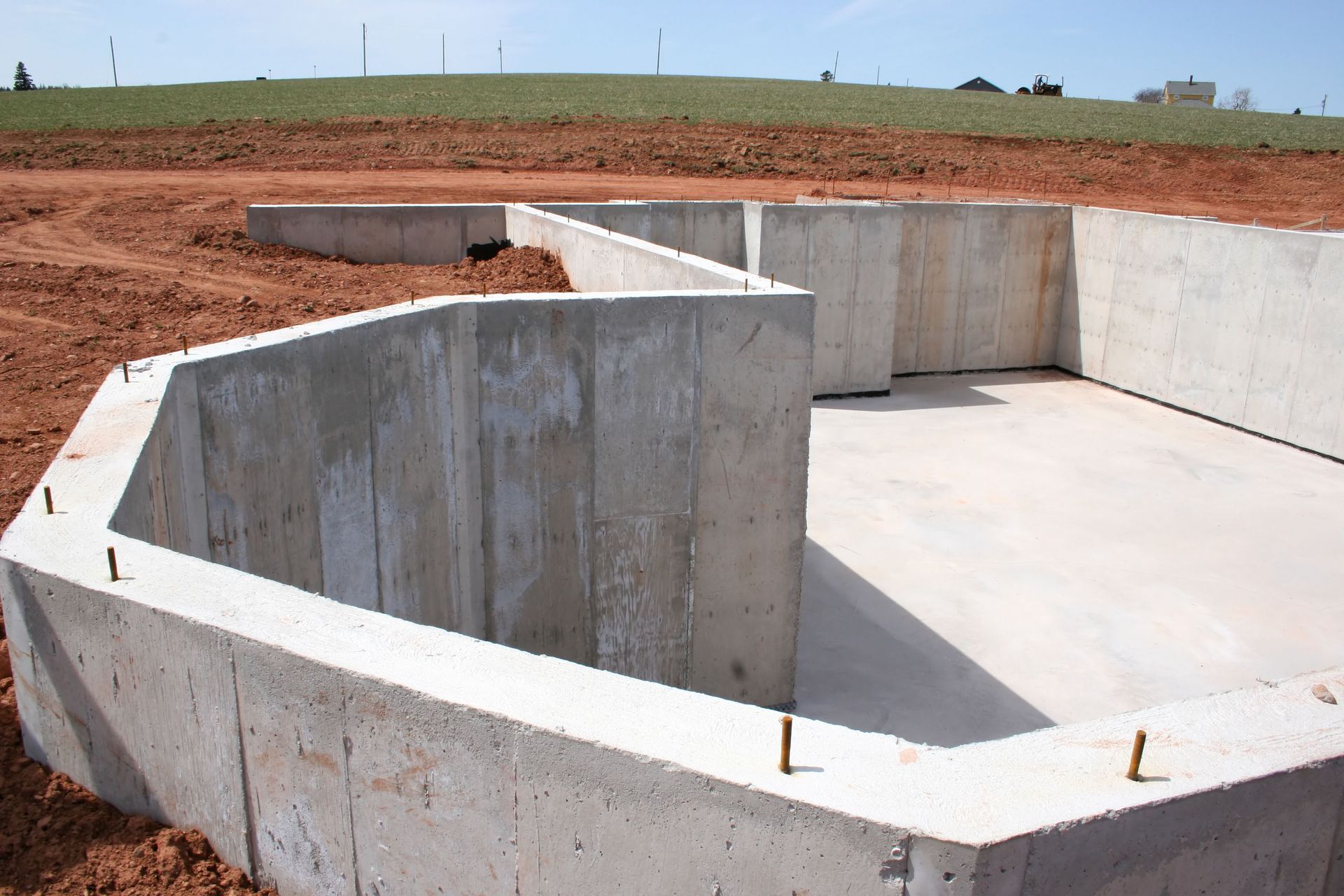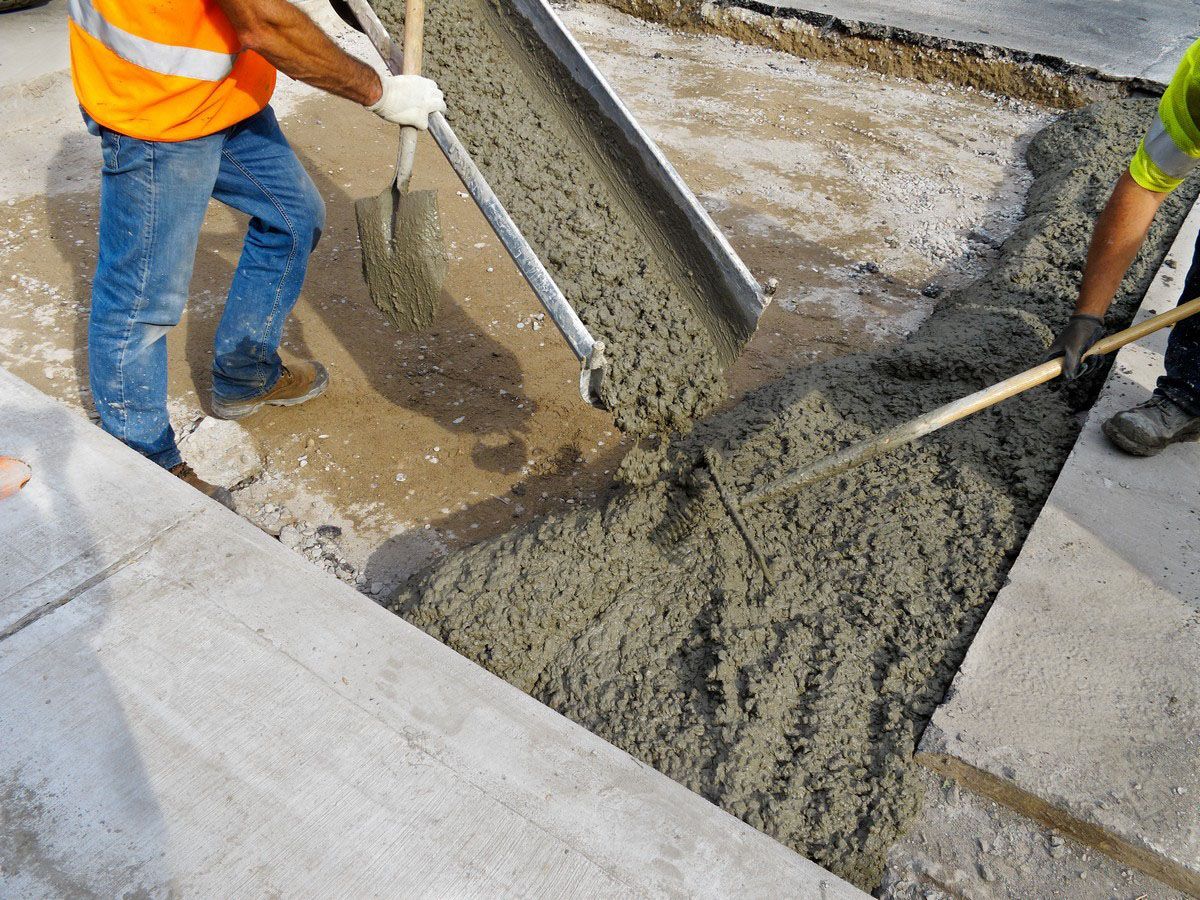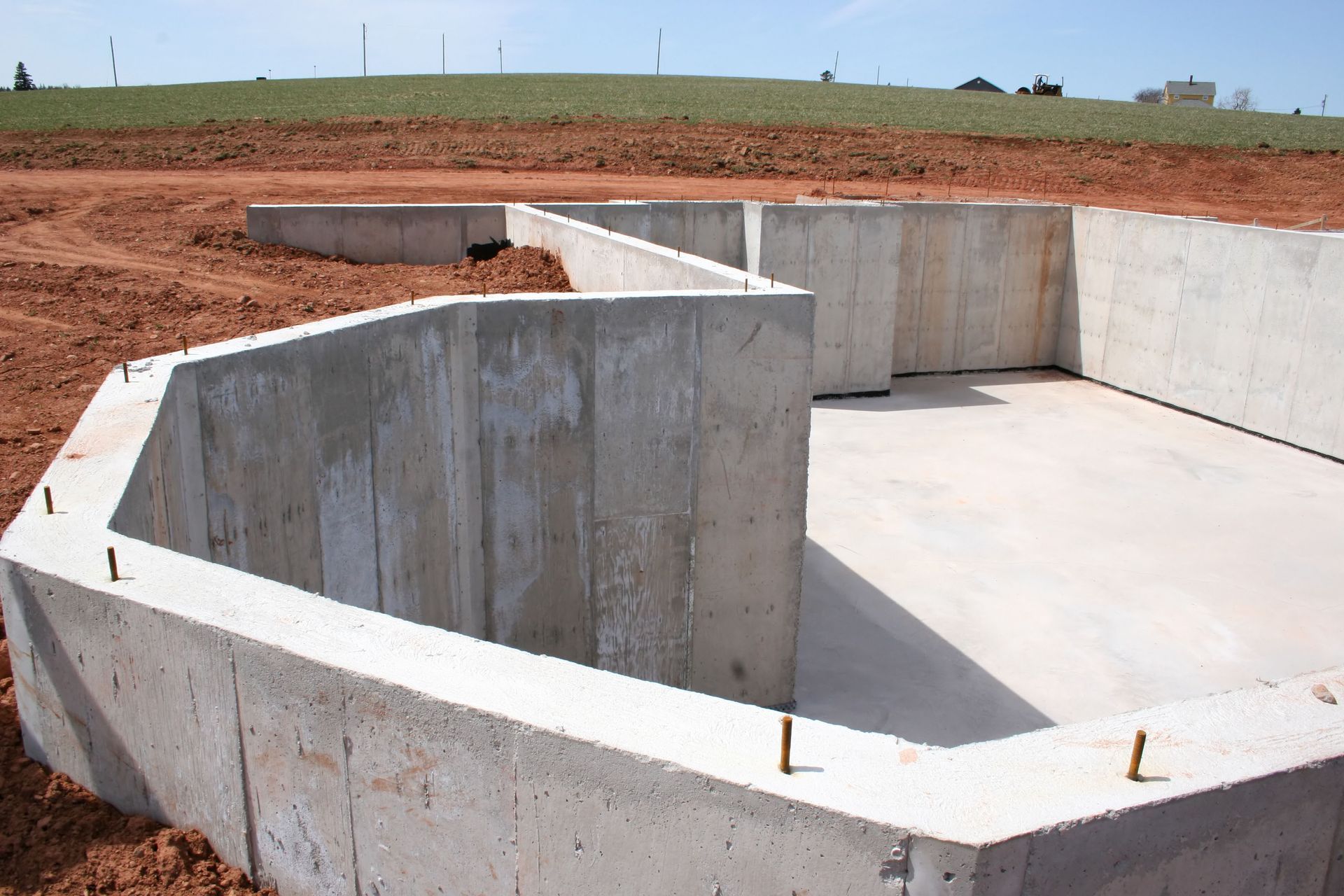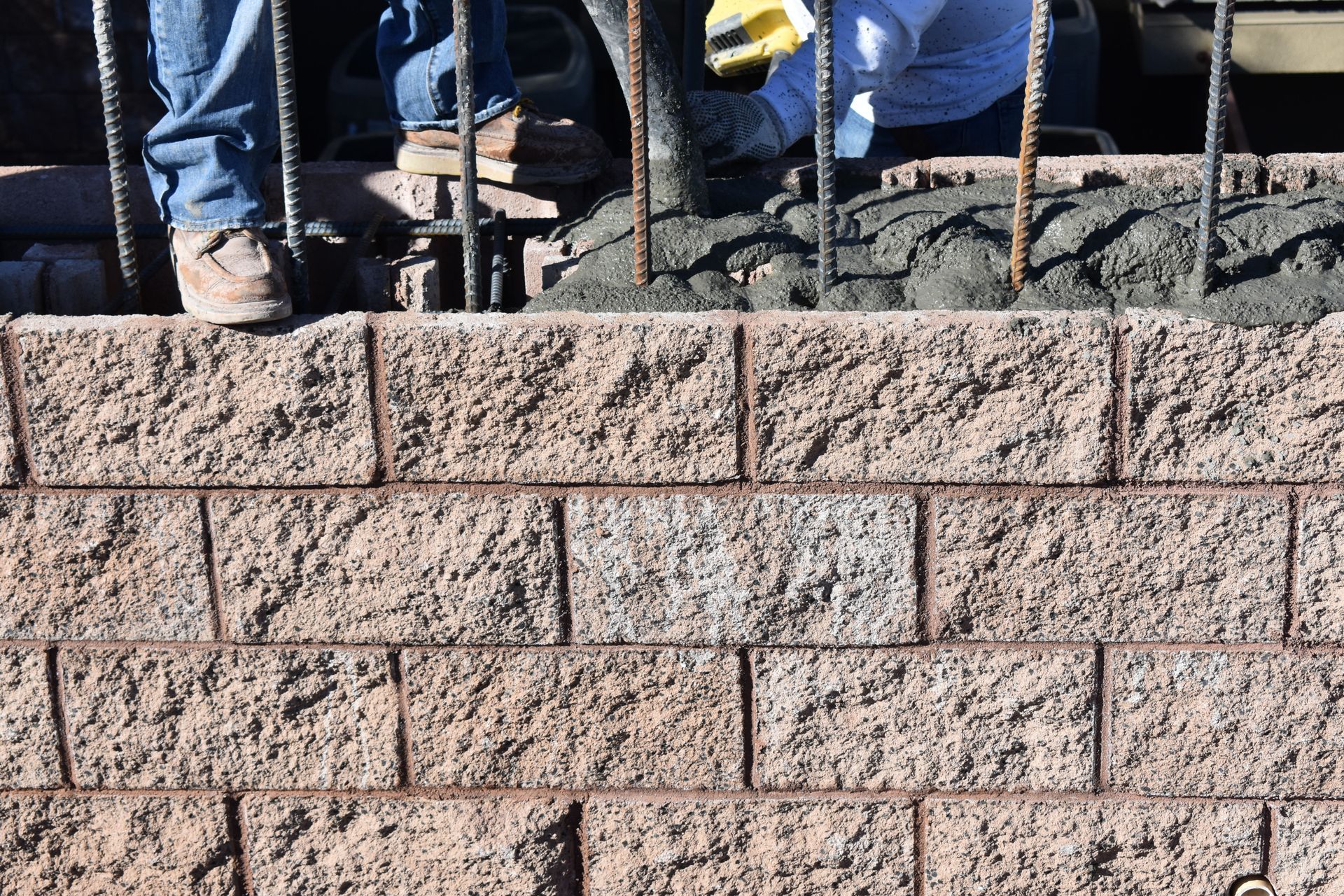3 Facts You Should Know About Rebar Fabrication
Rebar fabrication is a critical process in the construction industry, playing a vital role in enhancing the strength and durability of concrete structures. This article explores essential facts about rebar fabrication that are important for industry professionals and stakeholders. The rise in demand for stronger and more durable construction materials has propelled the significance of rebar fabric, both historically and in modern developments. Understanding this process can lead to more informed decision-making in the construction industry. As technologies advance, so too do the methods of rebar fabrication, which affects not only construction techniques but also environmental and economic outcomes.
1. The Basics of Rebar Fabrication
Rebar, short for reinforcing bar, is primarily used to enhance the tensile strength of concrete, which is strong in compression but relatively weak in tension. Fabrication is the process of cutting, bending, and assembling these steel bars to conform to specific construction designs. The purpose of rebar is to hold the concrete in tension, thereby improving structural stability. This process is a collaboration between engineers, designers, and fabricators to produce rebar that meets the required specifications. Without rebar fabrication, concrete structures would be significantly less stable and more susceptible to cracking under stress.
Various types of rebars are used in the construction industry, each with its characteristics and applications. The most common type is carbon steel, which is known for its high tensile strength and ductility. Stainless steel rebars are used when corrosion resistance is crucial, though they tend to be more expensive than carbon steel alternatives. Glass-fiber reinforced polymer (GFRP) rebars provide a lightweight, non-corrosive option, particularly beneficial in environments exposed to corrosive elements. Selecting the appropriate type of rebar depends on factors such as environmental conditions, budget constraints, and specific structural requirements.
Rebars are indispensable in modern construction, forming the backbone of nearly every concrete structure. They provide the tensile strength needed to support loads and mitigate the risks of cracking under stress. The integration of rebars in design significantly enhances the safety and longevity of structures. As urbanization continues, the demand for robust and durable structures rises, further emphasizing the importance of rebar in construction. Rebars not only bolster new construction projects but also are critical in the infrastructure upgrades and retrofitting of existing structures.
The primary material used in rebar fabrication is steel, renowned for its strength and ductility. Steel can easily be cut and bent to suit various structural needs, making it ideal for rebar production. In recent years, materials like stainless steel and composite materials have become popular for specific, corrosion-resistant applications. The choice of material often depends on environmental conditions and budget requirements, influencing both the durability and cost-effectiveness of the construction project. Innovations in materials continue to evolve, offering improved performance and sustainability.
The use of steel rebar dates back to the 19th century when it was first incorporated into construction to support tensile load-bearing structures. As engineering knowledge and technology improved, the process of rebar fabrication became more advanced, allowing for a broader application in varied structures. With the rise of skyscrapers and complex infrastructure, the demand for reliable rebar fabrication increased dramatically. Today, state-of-the-art facilities are capable of producing vast quantities of rebar, meeting global construction needs. The industry's growth reflects not only technological advancements but also the critical role rebar plays in modern society.
2. Step-by-Step Fabrication Process
Design and planning are initial and crucial steps in the rebar fabrication process. Engineers and architects collaborate to produce detailed blueprints that specify the dimensions and configuration of the rebar. Precise planning ensures the rebar enhances the structural integrity while meeting regulatory requirements. Computer-aided design (CAD) software is often used to create accurate representations of the project plan. Coordination between different construction stakeholders during this stage is paramount to avoid costly errors and ensure that the fabrication aligns with the overall construction timeline.
Once the design is finalized, the fabrication process moves on to casting and molding, where raw steel bars are shaped into their desired forms. This involves heating steel to high temperatures before it is poured into molds that define its initial shape. Once cooled, the bars acquire the basic characteristics required for further processing. Sophisticated machinery now allows for precise control during casting, resulting in uniformity and high quality. This step paves the way for subsequent procedures like cutting and bending, which further tailor the rebar to specific construction needs.
Cutting and bending are integral parts of the rebar fabrication process, tailoring the steel bars to adhere to complex designs. Precision cutting machines are employed to trim the steel to exact specifications. For bending processes, rebar benders utilize dies and rollers to create the necessary angles tailored to the construction plans. These techniques require skilled operators to ensure accuracy and repeatability, especially for projects demanding high-quality standards. The advancement of automated technology in this area has significantly increased productivity and precision in modern fabrication plants.
Assembling and welding involve bringing together different pieces of rebar to create a cohesive framework. This is critical for components that need additional strength, such as columns, beams, and slabs. Skilled welders join rebar segments following the project specifications, ensuring the framework's integrity. Modern welding techniques have evolved to improve the strength and reliability of connections. This assembly process is essential in creating a robust rebar framework that effectively supports the load demands of a structure.
Quality assurance in rebar fabrication is imperative to ensure compliance with construction standards and regulations. Inspections and tests are conducted at various stages, from raw materials to final product assembly, ensuring each piece meets the required specifications. Non-destructive testing techniques, such as ultrasonic and magnetic particle testing, are employed for this purpose. Quality checks not only guarantee the reliability of the rebar but also help in identifying potential issues early in the fabrication process. Such measures protect the integrity of construction projects and mitigate risks associated with structural failures.
3. Technological Advances in Rebar Fabrication
Automation and robotics have brought about significant transformations in rebar fabrication, enhancing efficiency and precision. Robots equipped with advanced sensors and programming capabilities can perform tasks such as cutting, bending, and welding with minimal human intervention. This not only reduces labor costs but also minimizes the risk of human error, leading to higher-quality outputs. Automated systems also offer adaptability to produce rebar at varying scales, depending on project requirements. Embracing these technologies is instrumental in meeting the growing demands for large-scale urban infrastructure development.
3D reinforcement modeling is an innovative leap in the rebar fabrication industry, providing a detailed visual representation of rebar frameworks in construction projects. This helps architects and engineers visualize rebar placement, ensuring that it complements overall design and structural integrity. With precise modeling, potential conflicts within designs can be identified and resolved during the planning stage, reducing errors in the field. Software advancements have allowed for easy sharing of 3D models among stakeholders, promoting collaboration and efficiency. The integration of 3D modeling into fabrication processes represents a forward-thinking approach to modern construction challenges.
Computer-aided design (CAD) has revolutionized the way rebar fabrication designs are created, modified, and executed. CAD software allows designers to draft detailed and accurate plans, which can be easily adjusted according to project requirements. The precision of CAD aids in reducing material wastage while ensuring exact adherence to structural needs. By simulating various conditions, CAD tools help improve designing efficiency and foresee potential architectural challenges before construction begins. Such detailed planning and design capabilities are invaluable in complex projects that demand high precision and customization.
Be sure to reach out to Spring Creek Building Supply, LLC today for more information on our professional rebar fabrication services!





Share On: